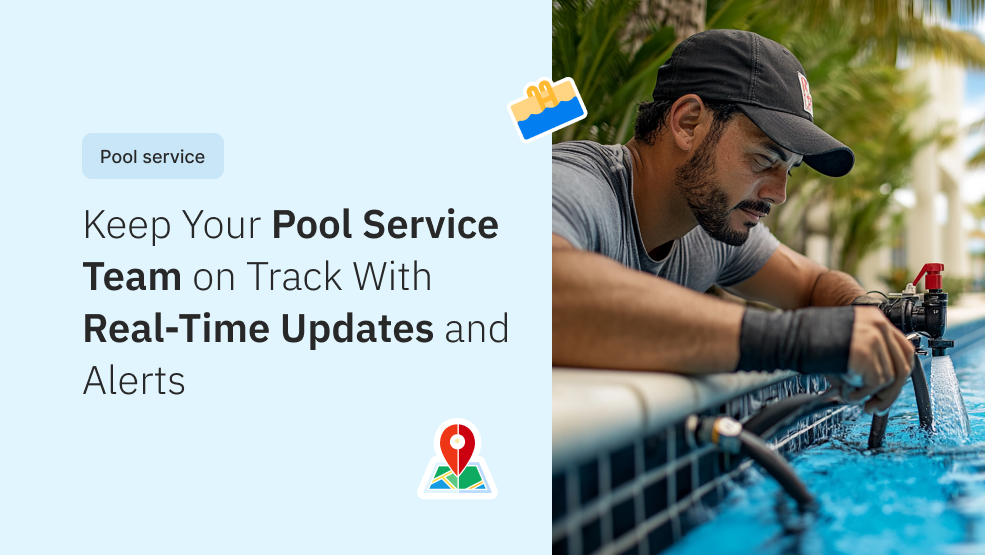The demand for residential and commercial HVAC services has seen a steady increase since 2010. By 2050, 2/3 of the world’s households are expected to have centralized air-conditioning services. These statistics promise a bright future for HVAC businesses. With the increasing number of opportunities in this space, the competition is also bound to rise.With the increasing competition, you, as a business owner, might face challenges in managing your workforce and keeping an eye on your business growth. To help you stand out in this competitive environment, here are 7 proven strategies to boost your HVAC business productivity.
1. Invest in Training Your Team Efficiently
We are more likely to see a talent shortage of over 115,000 HVAC professionals by 2022. Baby boomers are leaving the industry in large numbers.Though many HVAC businesses are in a good position now, business owners or managers will have a hard time finding qualified technicians soon. Some will be reluctant to invest time or money in training them for the job. In the end, they will see technicians leaving them for better jobs.Here are 5 ways to satisfy and retain employees:

2. Improve Your Company Work Culture
Toxic work environments make your employees feel uncomfortable, unappreciated, and undervalued. According to Gallup’s State of the Global Workplace, 85% of employees worldwide are not engaged or are actively disengaged.For HVAC businesses that will soon struggle to recruit enough talent, employee engagement and retention are key. Your field service workforce is the face of your business. Happier employees don’t just lead to increased productivity, but they also make a positive impact on your customers.To achieve this, as a business owner, you must:
- Value your employees as core assets of your business
- Deliver a positive hiring experience while interviewing candidates
- Promote a company culture that values employees
- Provide flexible remote working options that lower workplace distractions
- Receive feedback from the team on what can be improved
3. Organize Your Inventory
Inventory management is the biggest challenge for service-based HVAC businesses. Implementing effective inventory management will reduce costs and save your technicians’ time hunting for spare parts. Do not overspend on inventory and avoid unnecessary delays that make clients unhappy.Choose an inventory management solution that:

4. Improve Your Service Booking Experience and Scheduling Efficiency
Online service booking and job scheduling are important aspects of any HVAC business. As a service business, you ought to make the booking experience easy and hassle-free for your customers. Ensure the right person is at the right place with the right information at the right time, every time. Here are some important things to consider:
- Create a modern booking experience for your customers by enabling them to book your services via the channel of their choice (website, social media, phone, email, etc.)
- Look for solutions to efficiently allocate jobs based on capacity, skillset, performance, and location
- Keep your customers in a tight loop by sending them customizable notifications and ETA alerts (notify them about job status updates, quotes, ETA, invoices that are yet to be paid, etc.)
5. Put Your Website to Work
While many successful HVAC businesses are aware that most customers find services via google search, some continue to do their business without a website or with a static one (which is even worse). Some even believe that only having a Facebook page will do.A website not only gives you an opportunity to showcase your services but also lets your potential customers book your services without any interaction. By having an interactive website, you open another channel for your customers to find you and contact you quickly.Use your website to acquire customers, drive sales, and manage your business efficiently. Here’s some website 101 for HVAC businesses:
- Make the homepage easy to navigate for your customers. One survey says that 94% of consumers prefer an easily navigational website. Your website must have a clear menu structure with the ability to navigate between pages quickly, as well as a responsive design for mobile users.
- Encourage your customers to act with effective CTAs and lead forms. Smart “contact us” pages attract users’ attention and motivate them to explore the website without feeling the pressure of giving their information.
- Keep updating your website with fresh content frequently and make it SEO-friendly. Updating quality content on your website regularly can help rank better in search engines. A modern look on your website shows your customers that you are keeping up with the latest trend.
6. Encourage Customer Reviews
95% of customers read reviews before making a purchase. Are your customers satisfied with your services? Encourage them to write reviews on quality sites like Google, Porch, Yelp, HomeAdvisor, etc. There is no better way to gain the trust of your leads and prospects like customer testimonials. Leverage these testimonials in the form of videos or text on your website and marketing collaterals to increase your brand image.
7. Reward Your Customers’ Loyalty
68% of customers say digital coupons build brand awareness and generate loyalty. Furthermore, 47% of consumers say receiving an exclusive offer makes them highly likely to purchase. Offering discounts and gift cards to your customers not only increases your brand awareness but also enables more channels to boost your HVAC business revenue.Reward your customers’ loyalty with:
- Personalized Gift cards for special occasions that can be customized to suit your business
- Modern gift card experience to nurture existing customers and earn new customers
- Customized discount coupons and share your love with your customers
- Loyalty programs to incentivize your regular customers
Conclusion
HVAC businesses are in a strong position for the future, but only if they start planning ahead now. Prepare for a looming talent shortage by training and upskilling your employees and building a strong workplace culture. Then modernize your operations to cut down on waste and build a positive customer experience. Finally, capitalize on that experience to build loyalty and grow your business.





